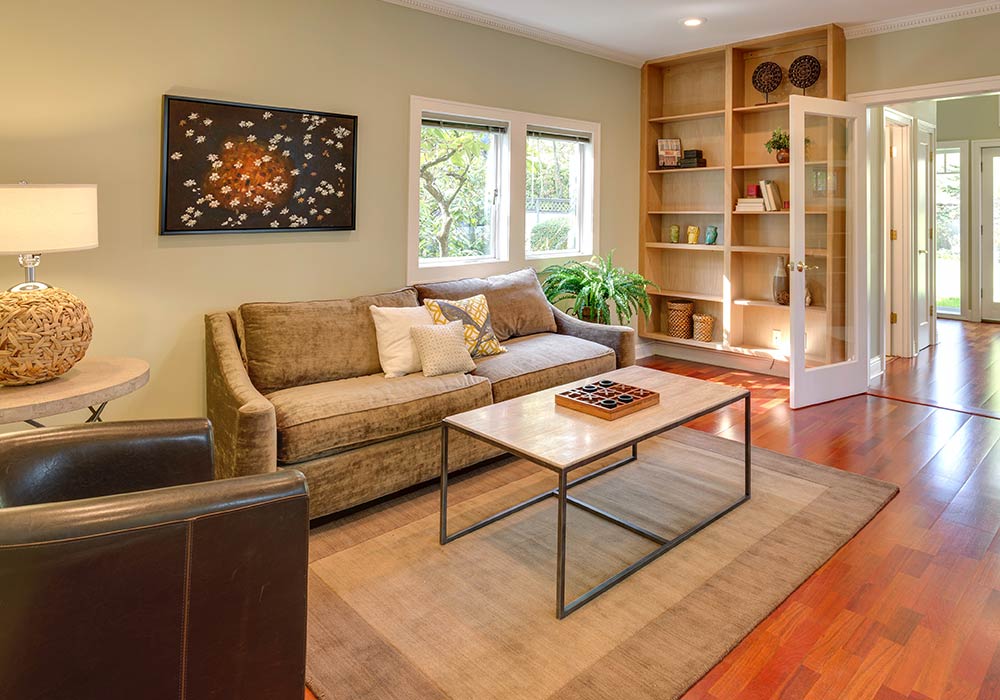A buydown is a type of financing where the buyer or seller pays extra points (also called discount points) to reduce the interest rate on a loan. Buydowns make it easier to qualify for a loan because they lower a loan’s interest rate. They can also allow you to buy more house for your money.
There are generally two types of buydowns: a permanent buydown and a temporary buydown. A permanent buydown lets you pay extra points to get a low interest rate over the life of your loan.
A permanent buydown can be paid by the seller or the builder as an incentive to finalize a sale by creating lower monthly payments. Sellers can also benefit from assisting with a buydown with a difficult to sell property or during slower market conditions. It increases the buyer’s ability to qualify for a loan, therefore, allowing the home to be sold quicker. Plus, a buydown offer is usually less than a price reduction on the home.
In a temporary buydown, you prepay interest in exchange for a lower rate during the early years of a loan. The most common temporary buydown is called 3-2-1, meaning the mortgage payment in years one, two and three is calculated at rates 3 percent, 2 percent and 1 percent, respectively, below the rate on the loan. On a 2-1 buydown, the payment in years one and two is calculated at rates 2 percent and 1 percent below the loan rate. And on a 1-0 buydown, the payment in year one is calculated at 1 percent below the loan rate.
A temporary buydown can be a benefit to a buyer whose current income is low but anticipates that it will increase during the next two years. First-time homebuyers who need to purchase all of the furnishings that go into a new home may also find a temporary buydown appealing.






